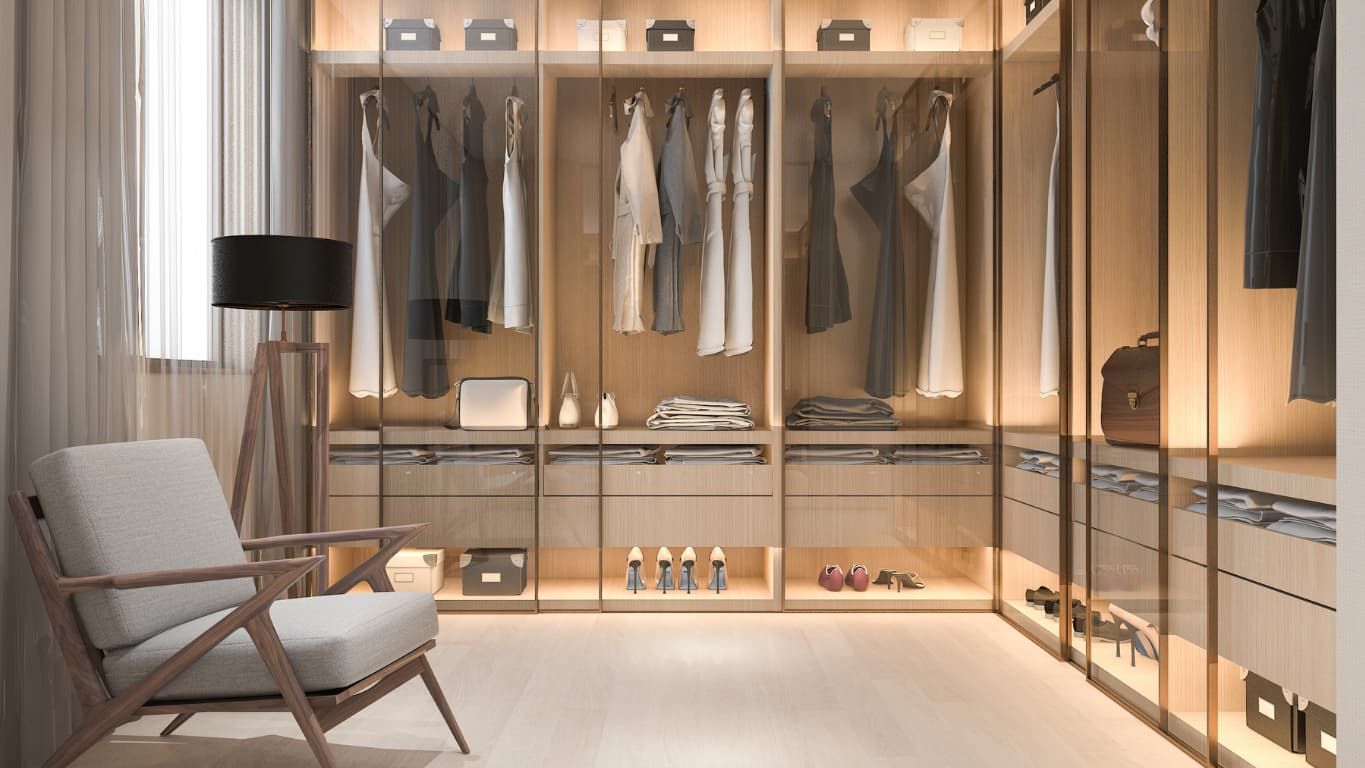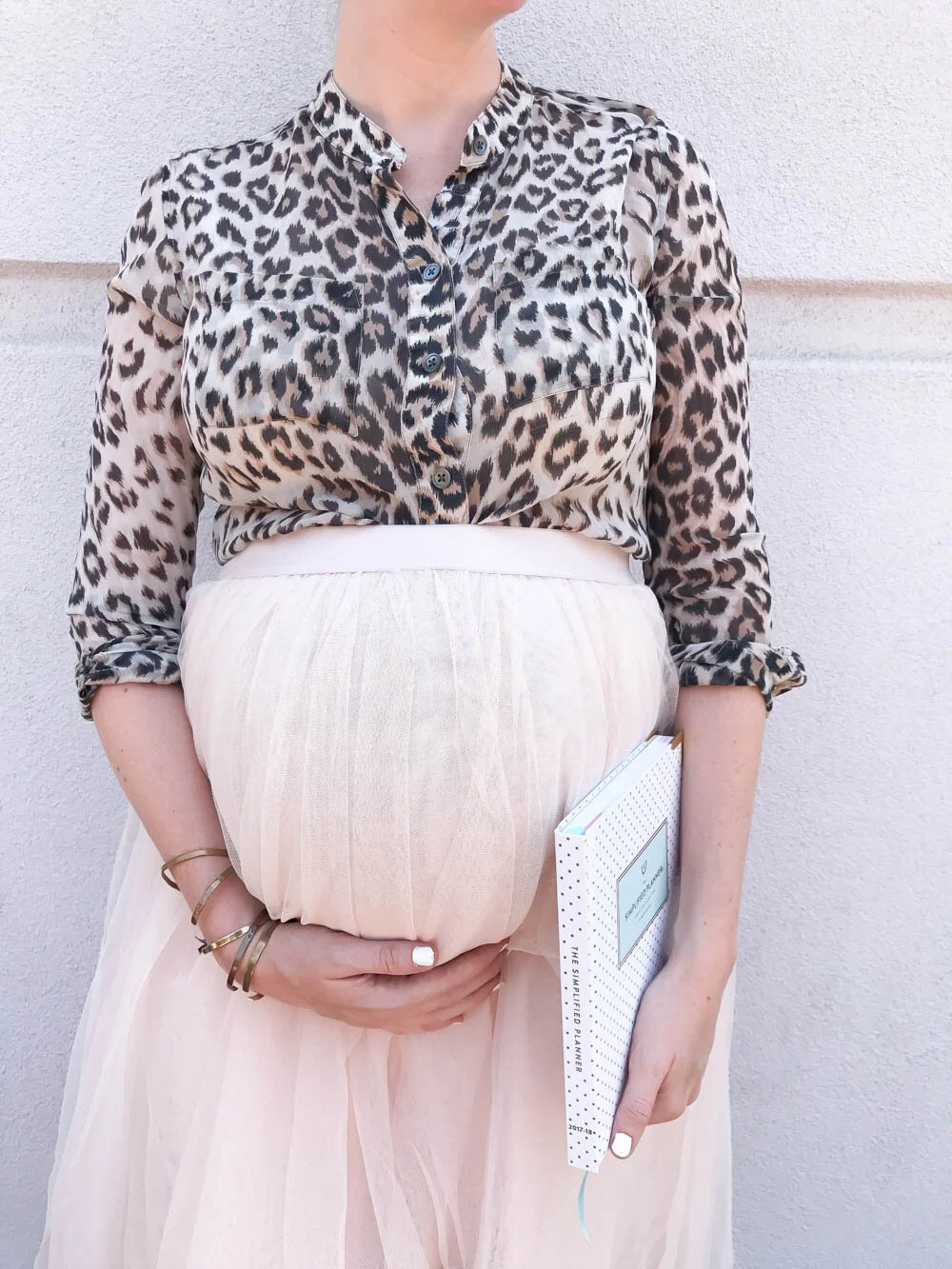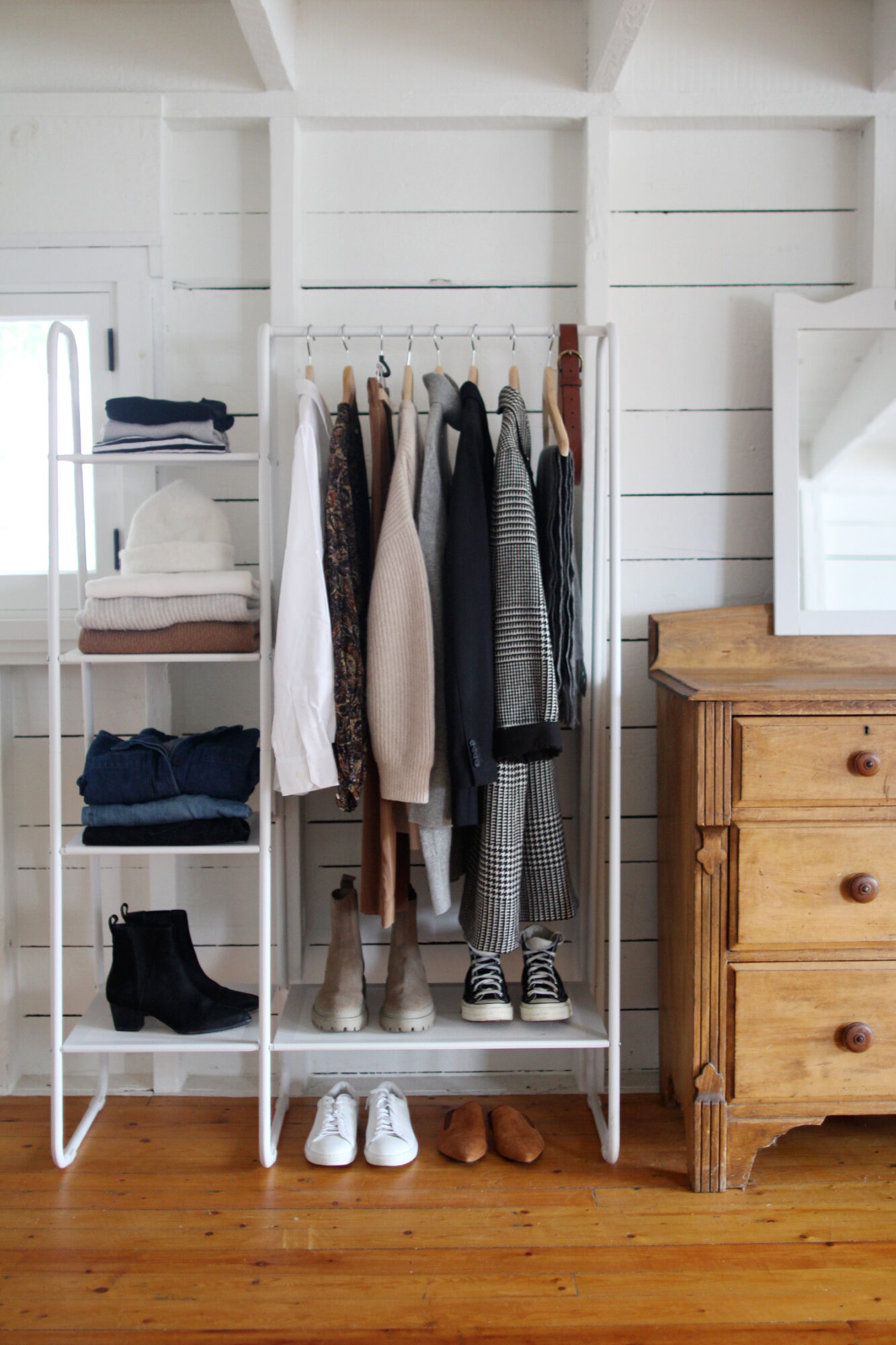The Psychology of Wardrobe Choices: How Minimalism Affects Your Daily Decision-Making

The Role of Clothing Choices in Shaping Identity
Each day begins with a choice: what will you wear? This daily decision, seemingly trivial, often serves as a reflection of an individual’s mindset and personal priorities. The rise of minimalism has redefined not only our living spaces but also our approach to fashion, encouraging a more thoughtful and purposeful selection of clothing. This can lead to liberation from the traditional excesses of consumer culture and a renewed focus on self-expression.
Key Elements of a Minimalist Wardrobe
A minimalist wardrobe is characterized by a few essential components that both streamline your personal style and enhance your mental wellbeing. Here are some key aspects:
- Simplicity: A minimalist wardrobe is all about eliminating excess. By reducing the number of pieces in your closet to high-quality staples, you create a streamlined look that saves mental energy and helps minimize the stress associated with overwhelming clothing options.
- Intentionality: Each item in a minimalist wardrobe is selected with a purpose. This selection process encourages individuals to reflect on their personal values, leading to choices that resonate more deeply with their identity rather than fleeting fashion trends.
- Efficiency: Less time spent on outfit selection translates into more time available for other, more pressing decisions. This efficiency can significantly affect your daily productivity levels, enabling a mental clarity that is often hard to attain when overwhelmed by choices.
The Psychological Impact of Clothing
The implications of clothing choices extend well beyond mere aesthetics. Research has shown that our fashion decisions can significantly influence our mood, confidence, and productivity. For instance, the concept of “enclothed cognition” suggests that what we wear affects our psychological states and behaviors. This means that sporting professional attire may boost one’s confidence during a job interview, while more casual clothing could induce relaxation and comfort during a weekend outing.
Adopting a minimalist wardrobe not only promotes simplification but fosters a healthier mindset. Many individuals who embrace this approach report improvements in decision-making clarity. By focusing on fewer items, there is a greater ability to consider what truly matters, both in terms of fashion and life as a whole.
Conclusion
Exploring the psychology behind our clothing choices reveals profound connections between fashion, identity, and mindset. A minimalist wardrobe offers an opportunity to not only refine personal style but also to cultivate a more intentional way of living. By prioritizing quality over quantity, individuals can enhance their daily experiences and embark on a journey toward deeper self-awareness and fulfillment.
DISCOVER MORE: Click here to learn how simple living can transform your life
The Intersection of Fashion and Mental Load
In today’s fast-paced world, the endless array of clothing options can lead to decision fatigue, where the sheer quantity of choices overwhelms our ability to make effective decisions. Psychologists suggest that for many individuals, the act of choosing what to wear can be a source of significant mental strain. Every morning, people face the daunting task of sifting through their wardrobe, often resulting in anxiety and self-doubt. Adopting a minimalist approach to fashion can alleviate this burden and enhance overall well-being.
Reducing Choice Overload
When individuals embrace minimalism in their wardrobe, they eliminate the clutter of excessive clothing, reducing what is known as choice overload. Studies indicate that when faced with too many options, individuals can experience paralysis, making it harder to arrive at a decision. The negative consequences of this overload manifest in everyday life, often leading to wasted time and energy.
Here are a few ways that a minimalist wardrobe can reduce mental load:
- Fewer decisions: A curated selection of clothing helps streamline the decision-making process. With less to choose from, individuals can easily identify key pieces that fit their lifestyle and preferences, resulting in quicker and satisfactory selections.
- Clear priorities: A minimalist wardrobe enables individuals to establish what is truly important when it comes to fashion. By focusing on versatile pieces that embody their personal style, people are better equipped to express their individuality and values without being distracted by trends.
- Consistency in style: With fewer clothing options, personal style becomes more uniform and intentional. This consistency minimizes the likelihood of mismatched outfits or styles that don’t resonate with the wearer’s identity, leading to increased confidence and self-assuredness.
The Role of Color Psychology
The psychology of color also plays a significant role in how clothing influences mood and decision-making. Certain colors can evoke specific emotional responses. For instance, wearing shades of blue can instill feelings of calmness, while bold reds can increase levels of excitement and energy. Minimalist wardrobes often lean towards neutral palettes, which can provide a sense of serenity and coherence that enhances mental clarity.
Moreover, when individuals consciously choose colors that align with their desired emotional state, they can harness the psychological power of clothing to enhance their daily experiences. A thoughtful selection of colors, combined with a minimalist approach, can transform a clothing choice into a tool for emotional regulation.
Ultimately, the psychology behind wardrobe choices is complex, intertwining various aspects of identity and mental well-being. By adopting a minimalist approach to clothing, individuals not only simplify their fashion selections but also cultivate a more focused and intentional way of living, steering them toward improved decision-making and overall happiness.
| Advantage | Explanation |
|---|---|
| Reduced Decision Fatigue | A minimalist wardrobe promotes fewer choices, easing the mental load of selecting outfits. |
| Enhanced Personal Expression | Focusing on fewer clothing items allows individuals to express their unique style more clearly. |
As we delve deeper into the psychology of wardrobe choices, it’s crucial to understand that minimalism does far more than simply declutter our physical spaces. It influences our mental strategies in decision-making throughout the day. For instance, minimalism in the wardrobe can lead to significant reductions in decision fatigue, a phenomenon where the brain becomes overwhelmed by too many options. With a curated selection of clothing, individuals experience a more streamlined process each morning, allowing for more cognitive energy to focus on other essential tasks.Moreover, embracing minimalism can amplify an individual’s personal expression. When limiting the number of clothing pieces, each item carries a deeper significance and can reflect personal values and preferences more authentically. This shift not only fosters a feeling of empowerment but also encourages individuals to be more mindful about their wardrobe choices in relation to their lifestyle. The questions become not just about what to wear but about who they are becoming through their clothing choices. This deepening connection to wardrobe selections is a vital aspect of how minimalism shapes our everyday decision-making processes.
DIVE DEEPER: Click here to learn more
The Emotional Impact of Wardrobe Simplification
As individuals explore the psychology behind their wardrobe choices, it is compelling to observe the emotional ramifications that a minimalist approach can offer. Minimalism goes beyond mere aesthetics; it can significantly enhance one’s emotional resilience and contribute to better mental health outcomes. By reducing clutter and distractions in the way we dress, we might unlock pathways to a more mindful existence.
Mindfulness and Awareness
The principles of minimalism encourage mindfulness—an awareness of the present moment and a conscious decision-making process. When individuals curate their clothing collections to include only items that resonate deeply with them, they engage in a form of self-reflection that fosters greater self-understanding. This emotional connection to clothing is a key aspect often overlooked in fashion dialogues.
Each piece in a minimalist wardrobe often represents a memory or a significant moment in the wearer’s life, reinforcing their identity and values. Studies have shown that this emotional grounding can lead to higher levels of satisfaction and happiness. When faced with a simpler selection, individuals can make choices based on how they want to feel each day rather than what is merely trendy or expected.
Incorporating mindfulness into wardrobe choices yields several benefits for daily decision-making:
- Emotional clarity: A minimalist wardrobe reduces distractions, allowing individuals to engage with their feelings about clothing. This promotes better emotional regulation and can lead to more confident choices in daily attire.
- Intentional dressing: Those who embrace mindfulness are more inclined to choose outfits that align with their current mental state or the persona they wish to project, rather than conforming to societal pressures.
- Reduced anxiety: Streamlined wardrobe options help mitigate the stress associated with decision-making. A clear mind can lead to a sense of calm, making it easier to tackle various activities throughout the day.
Sustainability and Future-Oriented Decision-Making
Another notable aspect of minimalism in clothing choices is its connection to sustainability. As the fashion industry faces criticism for its environmental impact, many individuals are increasingly cognizant of the importance of thoughtful consumption. Minimalist wardrobes encourage sustainable practices, such as the investment in high-quality, versatile pieces that withstand the test of time.
By focusing on sustainable fashion, individuals foster a sense of responsibility not only for their personal wardrobes but also for the larger impact on the economy and environment. This mindset contributes to improved decision-making, as people tend to think critically about their purchases and evaluate the long-term implications for the planet.
The benefits of embracing sustainability in wardrobe choices extend beyond the individual. Communities and movements advocating for a more sustainable fashion landscape are gaining traction, and many consumers find satisfaction in participating in this collective shift. They take pride in their wardrobe choices that not only serve their needs but also align with broader values and ethics, ultimately enhancing their self-esteem and sense of belonging.
As mindfulness and sustainability emerge as key elements in the psychology of wardrobe choices, individuals can cultivate an inclusive mindset. This shift toward minimalism continually reshapes not just how we dress, but also how we approach our lives with intention and clarity.
DISCOVER MORE: Click here to find out how minimalist design can elevate your space
Conclusion
In examining the psychology of wardrobe choices, it becomes clear that minimalism extends far beyond just streamlining one’s closet; it provides profound insights into how we make daily decisions. By prioritizing quality over quantity, individuals not only cultivate a sense of mindfulness but also pave the way for a more intentional way of living. This transformative approach promotes emotional clarity and reduces decision fatigue, ultimately guiding individuals towards choices that reflect their true selves.
The integration of sustainability into minimalist wardrobes not only supports individual wellbeing but also contributes positively to global environmental concerns. As consumers become more conscientious about their clothing selections, they encourage a collective shift towards a fashion industry that values ethical practices. In this sense, embracing minimalism can forge a deeper connection to the broader community and foster a sense of belonging amidst shared values.
As the principles of minimalism continue to shape wardrobe decisions, it’s essential to recognize the power that these choices hold in our lives. Whether it’s through reducing anxiety, enhancing self-identity, or contributing to sustainable practices, the psychology behind these selections underlines a critical truth: what we wear profoundly influences who we are and how we navigate our daily experiences. By committing to a minimalist wardrobe, individuals can unlock not just a more harmonious relationship with their clothing, but also a brighter, more focused path in their everyday lives.


